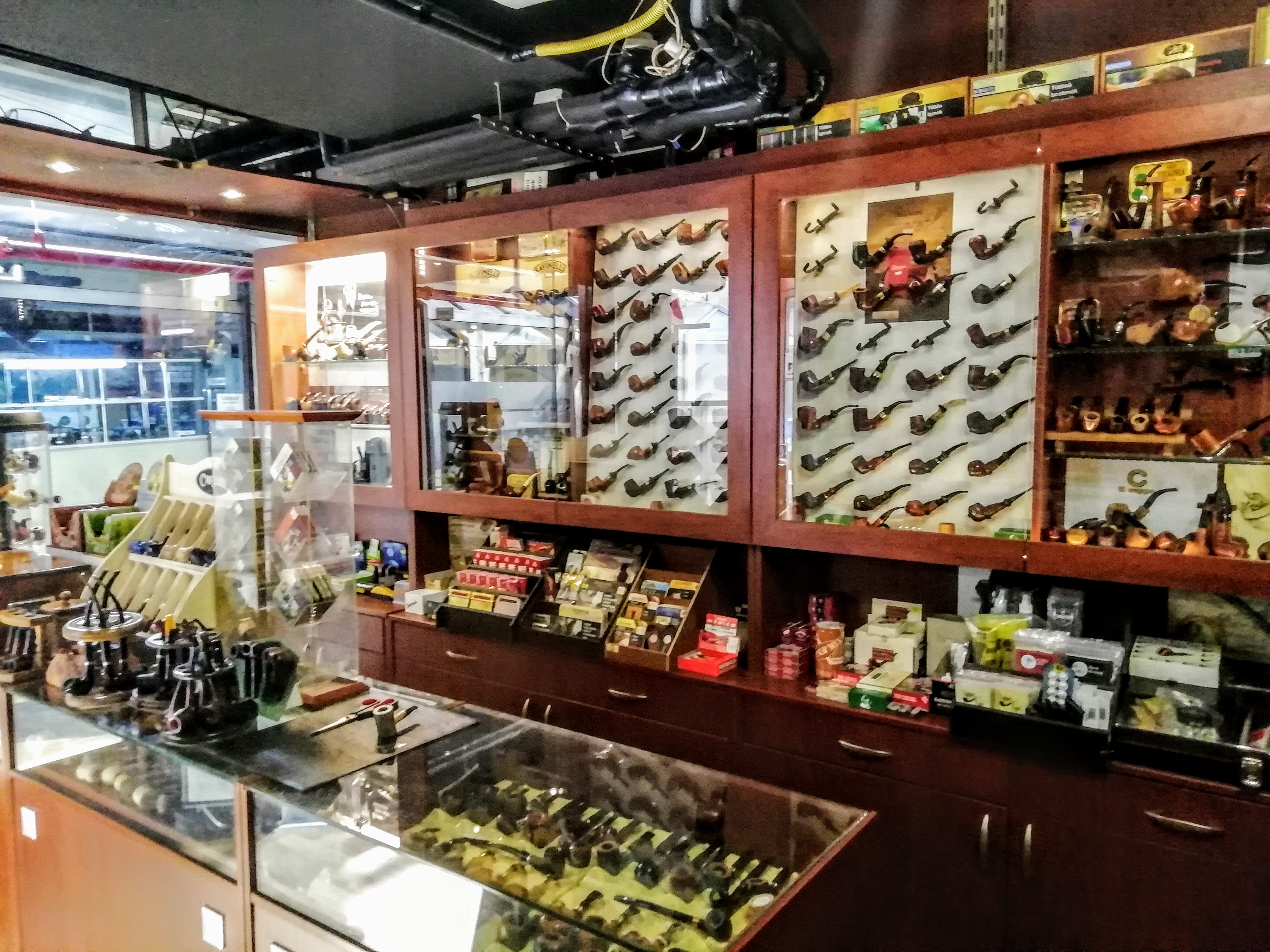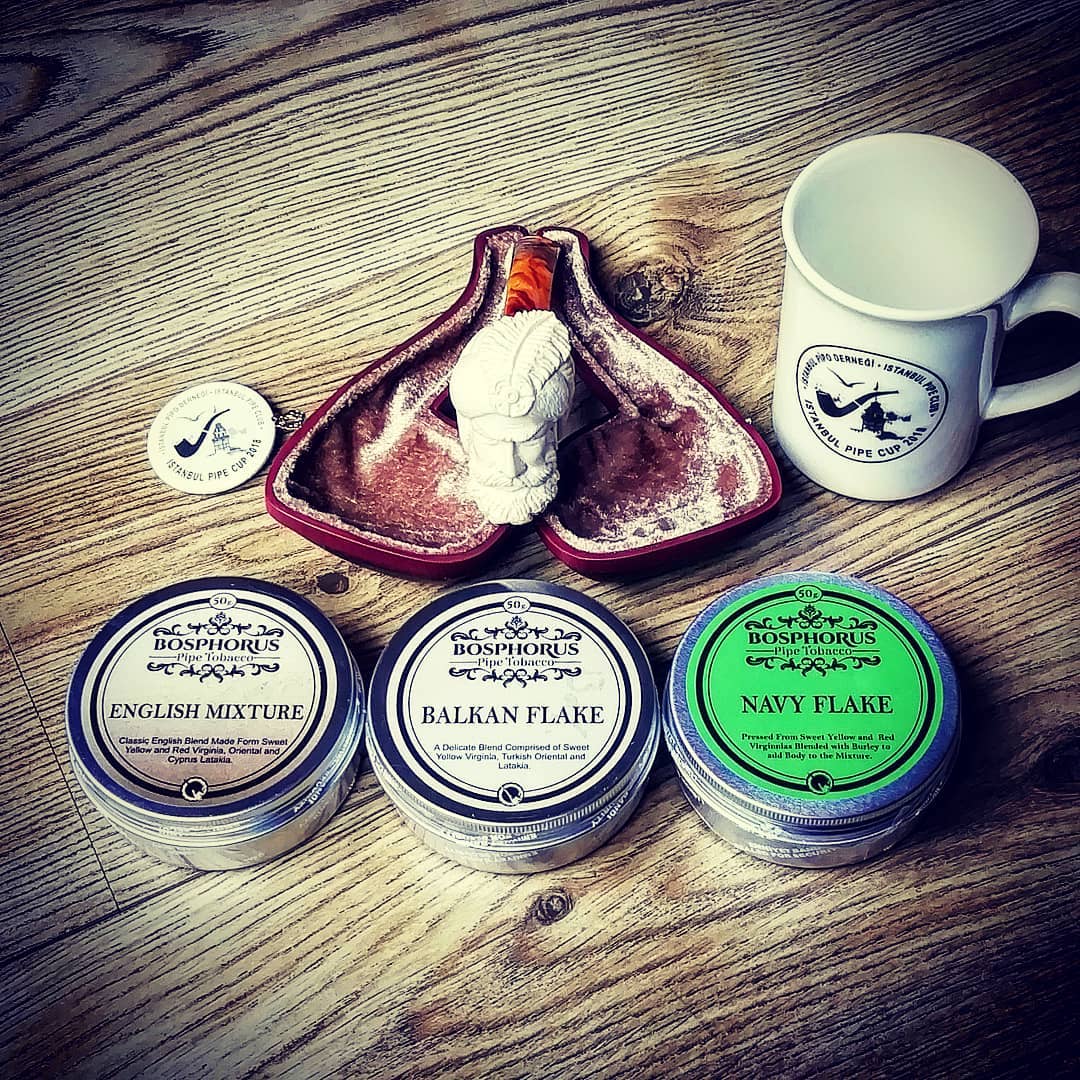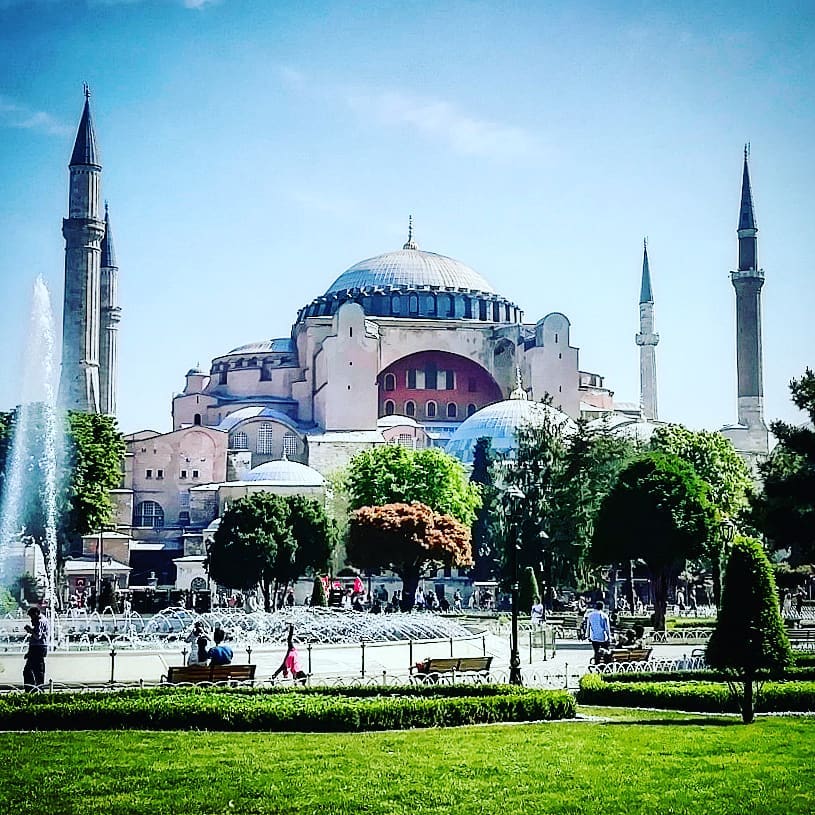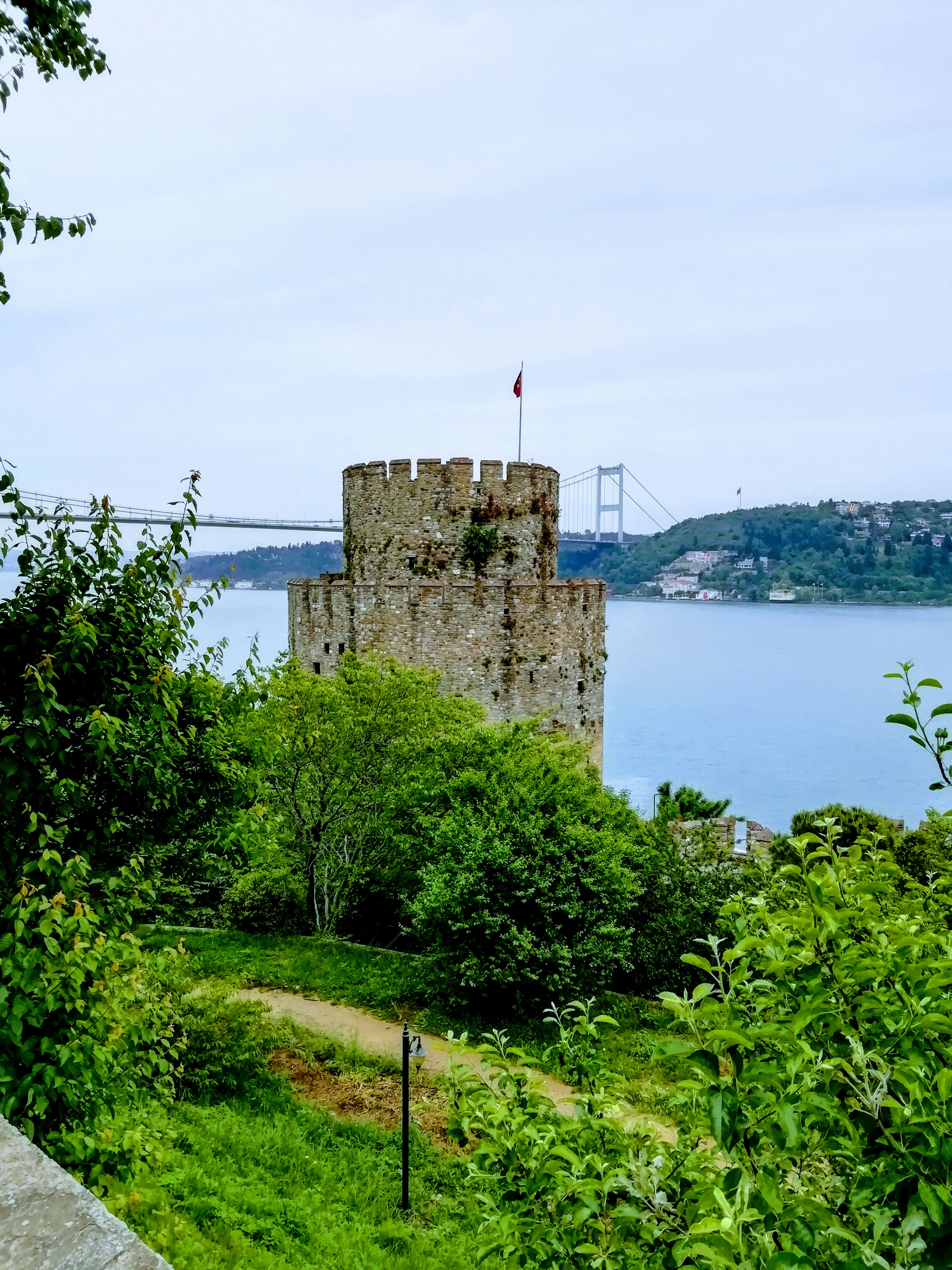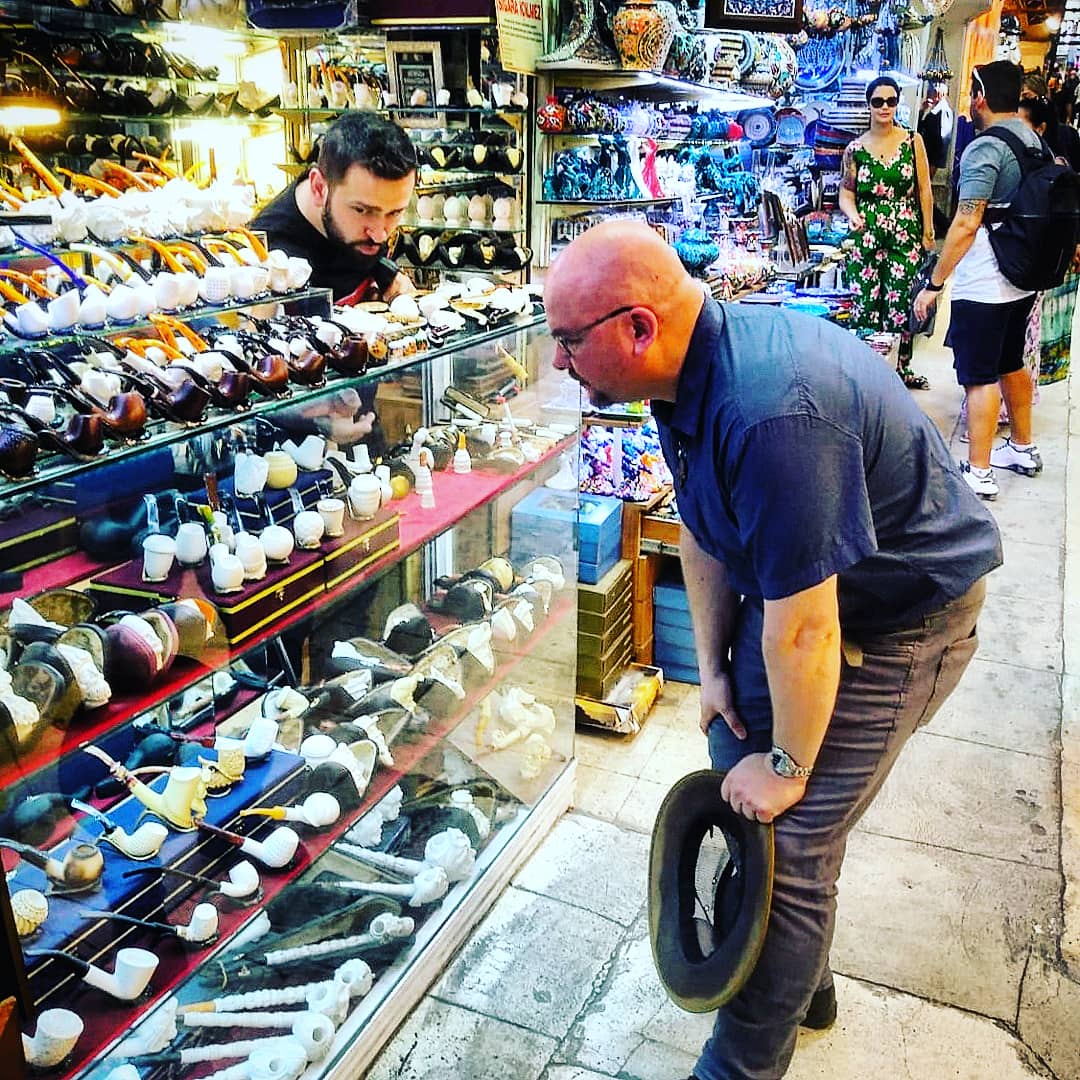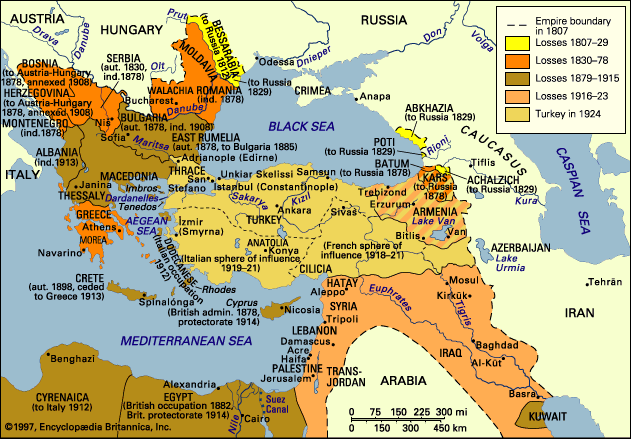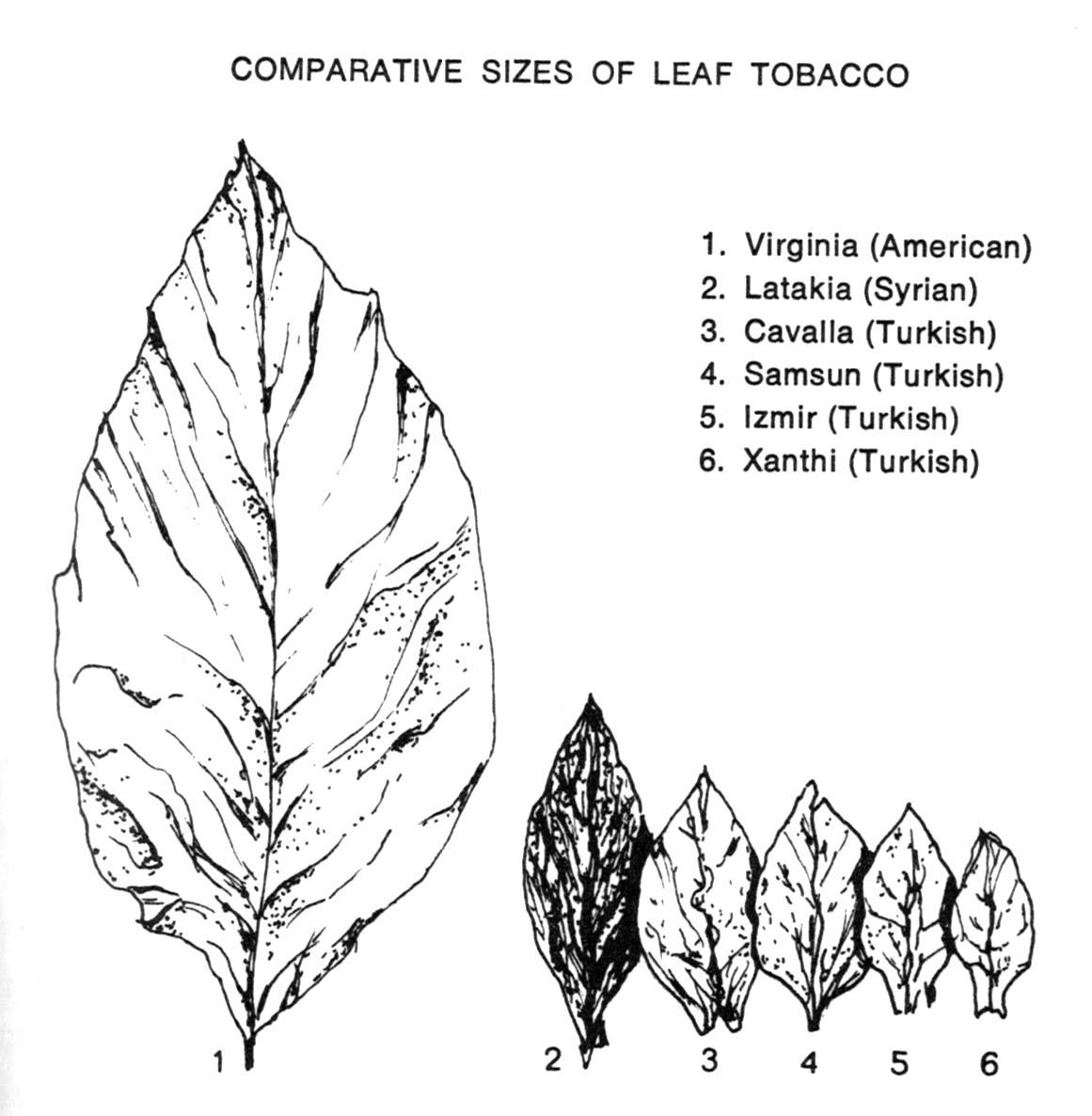See here for part 1.
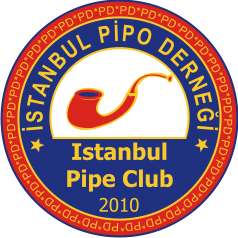 Day 4
Day 4
This day was going to be special. Before we left I searched on the internet if there was a pipe smoking club in Istanbul and to my delight I found one, İstanbul Pipo Derneği (Istanbul Pipe Club). I mailed to them and asked if there was anywhere I could buy some tobacco and pipes and if it was possible to meet up somewhere. Soon I got a reply from Mr. Turgay Ocak who turned out to be the founder of the club. He answered that no pipe tobacco is sold in Istanbul because off all kinds of government regulations but that I was welcome to smoke some pipes with them. We arranged a date and time. The location, I later found out, was at a pipe shop called Pipo Market based in Perpa, a huge trading centre near the Beyoğlu district. And guess who is the owner of that shop: Turgay. At the beginning of the afternoon Ellen had her own program (mainly walking through the city) and I had to take a cab to Perpa. When I was there all I had to do was app Turgay and he would come and fetch me. But the ride was a rough one. I just had stepped in the taxi and the driver took off at breakneck speed through the wobbly, windy streets of Sultanahmet. I have been in Cairo where the cab drivers also can ride like crazy so it was not a big surprise. The thing was that I got carsick.. It only was 8.5 km but man, when you are feeling very ill that is a long way, especially in twisting Istanbul with a Max Verstappen wannabe at the steering wheel. Just when I was about to spill the contents of my stomach over the leather taxi interior we thankfully arrived. I sat down on a low wall before the Perpa entrance for 5 minutes, just slowly breathing, before I apped Turgay.
Soon I was picked up by Turgay and another IPC member. First of all, even with Dutch names I am bad in remembering them, let alone foreign ones. So sorry! Anyway, now I understood why I had to app, Perpa is one big giant maze. I could have wandered aimlessly there for hours without finding the shop. Soon we were there, a surprisingly nice looking medium sized store with lots of pipes, especially corncobs and Italian brands. And indeed no tobacco at first sight except for some cigars. All the tins I did saw were empty and hung on the walls or were standing in displays as decoration. The shop has 2 rooms, the main store and one with couches which functions as the IPC hideout where other members sat. One of the first things that I was shown were all the medals that Turgay won. It turned out that he is a competition pipe smoker and a damn good one, top of the world! He asked me if I knew Cornelius from the Dutch Federation for Pipe Smokers. I explained that I have met the man on one or two occasions but that I am not a member, I don’t do competition pipe smoking. I am a member of the Dutch/Belgian Pipe Smokers Forum, who only are active on internet and on some meetings.
When I was sitting down I was offered some water and coffee, which was very welcome because I still felt a but queasy from the car sickness. I had a brought a gift with me for the IPC, which I presented them: a tin of Samuel Gawith Flatlander Flake. Which was received very well. I discovered that Samuel Gawith almost has a godlike status at the IPC. Everyone has friends abroad who send tins of the old English brand or bring them in the country themselves. Especially the flakes are popular, Balkan Flake, Navy Flake, St. James Flake etc. Turgay and the others also had some gifts for me. First of all a beautiful Sultan meerschaum pipe! Wow! Further I got a mug, button and bag all printed with the IPC logo. Thank you again so very much!!!
I was just thinking what I should smoke when one of the members put a tin before me I did not know, Bosphorus Balkan Flake. Hmm, Virginia, latakia and Turkish orientals, interesting! It was opened and smelled delicious. I put it in my pipe and started smoking. Very, very nice but whoah, a real nicotine bomb. I said I was confused because I thought no pipe tobacco was made or sold in Turkey. Well, it turned out that there is a guy in Istanbul (later I found out his name is Birol Salman if I am correct. I tried to contact him but sadly to no avail) who makes these Bosphorus tobaccos with mainly ingredients from Turkish soil. For example the Turkish oriental is called Adiyaman. A name which rang a bell inside my head. Pipe smoking friend Kees used to go to Turkey on holiday many times and on such an occasion he brought some Adiyaman with him of which I got a sample. And indeed, from what I could remember was that Adiyaman packs a vitamin N punch. Turgay and the others said that some tobaccos also came from Syria. Huh? I thought that because of the war nothing came from there. Nono, in the North there is no war so tobaccos is grown there according to them. Interesting.. About my story of Cyprian latakia made in the Izmir region and then shipped to the Turkish part of Cyprus they were not sure, it could be.
 The rest of the afternoon was spend chatting, smoking and looking at all the wares in the store. Damn, they even had an estate Lord of the Rings Aragorn and Gimli pipe! Just when my belly started to grumble I was kindly invited to have dinner with them. Just before we left I luckily was able to buy some Bosphorus tobacco tins, the Balkan Flake I already had, Navy Flake and English Mixture. I could ride with Turgay and another member to the restaurant they picked. In order to get to the car we had to walk through a traditional Turkish market. Busy as hell but no tourists, a real sight! The restaurant called Olimpiyat turned out to be beautifully located beside the Bosphorus near the Galata bridge with stunning views over the water and Hagia Sophia. Turgay had reserved a large table on one of the upper floors and the best thing was, we could smoke there. Some more IPC members joined us (who spoke English). I had also brought some real Dutch De Olifant Brasil cigars with me which I handed out and were eagerly accepted. Soon all kinds of delicious appetizers were served under which samphire/picklegrass, something I never had but tasted great on toast with some Turkish cheese.
The rest of the afternoon was spend chatting, smoking and looking at all the wares in the store. Damn, they even had an estate Lord of the Rings Aragorn and Gimli pipe! Just when my belly started to grumble I was kindly invited to have dinner with them. Just before we left I luckily was able to buy some Bosphorus tobacco tins, the Balkan Flake I already had, Navy Flake and English Mixture. I could ride with Turgay and another member to the restaurant they picked. In order to get to the car we had to walk through a traditional Turkish market. Busy as hell but no tourists, a real sight! The restaurant called Olimpiyat turned out to be beautifully located beside the Bosphorus near the Galata bridge with stunning views over the water and Hagia Sophia. Turgay had reserved a large table on one of the upper floors and the best thing was, we could smoke there. Some more IPC members joined us (who spoke English). I had also brought some real Dutch De Olifant Brasil cigars with me which I handed out and were eagerly accepted. Soon all kinds of delicious appetizers were served under which samphire/picklegrass, something I never had but tasted great on toast with some Turkish cheese.
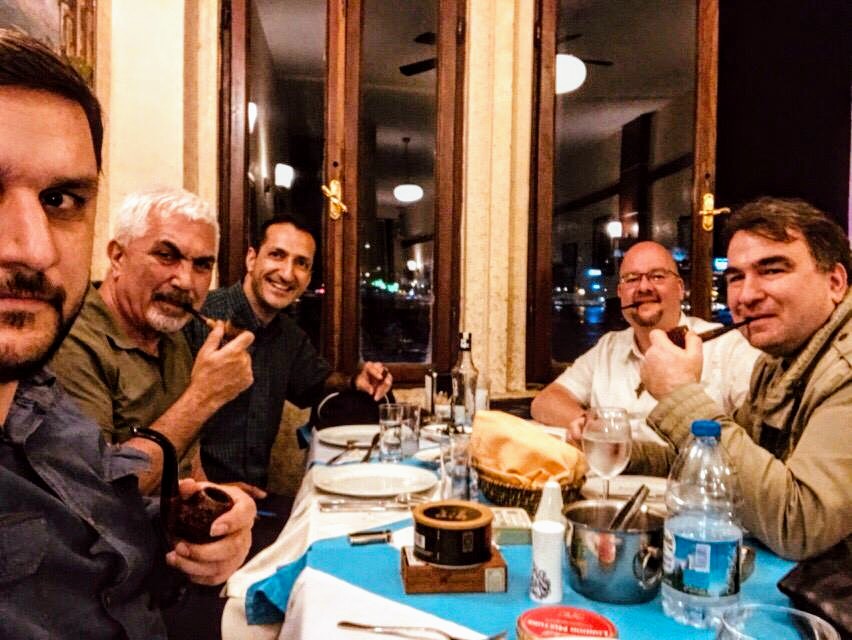 To drink I had to try one of the national beverages, rakı. At first I kindly declined (I had not eaten much at that point) but no, I had to drink it. So a generous amount was poured in my glass, then some some water and ice-cubes (always in that order!). It reminded me of the Greek ouzo, also anise-flavoured, yummie! After the appetizers Turgan asked me what I liked to eat. Wel, uhmm.. Something typical Turkish, I answered. We all got pieces of lamb meat which tasted very good. But during the interesting conversations about all kinds of subjects and after my second glass of rakı the alcohol really started to hit me. Hmm, that is strange, I thought, I am used to Dutch jenever which has an alcohol percentage of 35%. That rakı can never have more than 30%. So I asked for the bottle and saw to my horror and the amusement of the members that it was 45%! While laughing they poured in another glass. Let’s say I don’t remember much of the rest of the evening except that suddenly my understanding of the Turkish language became much better. Especially Turgay had some hilarious stories about his endeavours during the pipe smoking championships all over the world. At the end of the evening the inevitable bill came. I fetched my wallet but no, I was their guest. So very friendly and hospitable, thank you! Seeing me in my inebriated state they also decided to drop me off at my hotel. Once we got there I hugged the old Turgay like we had been friends forever and thanked him for a splendid day.
To drink I had to try one of the national beverages, rakı. At first I kindly declined (I had not eaten much at that point) but no, I had to drink it. So a generous amount was poured in my glass, then some some water and ice-cubes (always in that order!). It reminded me of the Greek ouzo, also anise-flavoured, yummie! After the appetizers Turgan asked me what I liked to eat. Wel, uhmm.. Something typical Turkish, I answered. We all got pieces of lamb meat which tasted very good. But during the interesting conversations about all kinds of subjects and after my second glass of rakı the alcohol really started to hit me. Hmm, that is strange, I thought, I am used to Dutch jenever which has an alcohol percentage of 35%. That rakı can never have more than 30%. So I asked for the bottle and saw to my horror and the amusement of the members that it was 45%! While laughing they poured in another glass. Let’s say I don’t remember much of the rest of the evening except that suddenly my understanding of the Turkish language became much better. Especially Turgay had some hilarious stories about his endeavours during the pipe smoking championships all over the world. At the end of the evening the inevitable bill came. I fetched my wallet but no, I was their guest. So very friendly and hospitable, thank you! Seeing me in my inebriated state they also decided to drop me off at my hotel. Once we got there I hugged the old Turgay like we had been friends forever and thanked him for a splendid day.
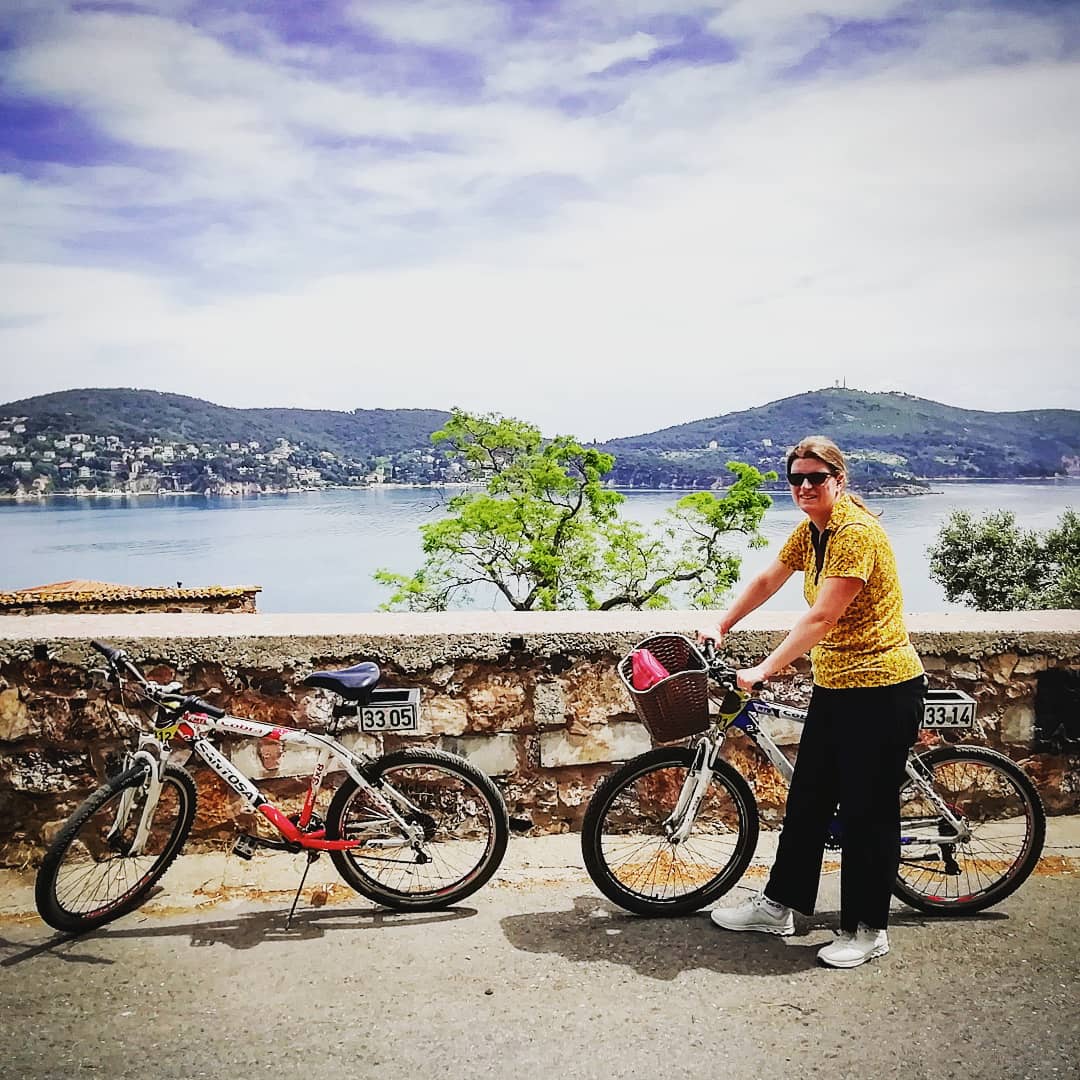 Day 5
Day 5
After a good night’s rest I felt reinvigorated. Which was good because we were going to visit the beautiful Princes’ Islands, to be precise Heybeliada. Together with Ozan from the hotel reception we looked at the best options to get there. Which was to go by tram to the ferry boat terminal of Eminönü and there take the public ferry. Public transport costs almost nothing in Istanbul, for the two of us the round trip was about €3.. Earlier we had bought an Istanbul Card which works as an all-around public transport boarding pass, very handy. Going to and finding the correct ferry was surprisingly easy. On the large boat we went upstairs and sat outside at the stern. All around us were Turkish families with children who clearly went for a day out. The trip to the Islands was very enjoyable. There was constant “entertainment” from salesmen and women and there was a guy selling simit bread, which we took, very yummie. When we arrived at Heybeliada we wanted to hire some bikes. All the Princes’ Islands are car-free and despite the presence of the traditional horse and cart we were advised (I heard from the IPC members that the horses are ill-treated..) not to take those. Soon we had our bikes and started climbing. I thought there was only a bit of it but man, it was more hilly than I expected. Out of breath we were glad when the road starting going down.
 After an hour of biking we decided we had seen enough (the island is pretty small) and head back to get some lunch at a seaside restaurant. When we got there some tout tried to lure us in. Normally I walk past restaurants who have that kind of people but we were hungry and thirsty. Sadly I can’t remember the name of the place.. Immediately he started to push the sea-bass dish; fresh, fresh! To convince me he took me to the kitchen where he showed me the actual fish. All alarm-bells rung in my head because the eyes and skin of the fish looked dull, an indicator that freshness has long past. We should have walked away then but foolish me opted for a different fish dish. Ellen was smarter and took the köfte meatballs. Afterwards Ellen wanted some ice-cream, there was a seaside café which sold it so we sat down there. While Ellen enjoyed her ice I got some shooting pains in my stomach. Oh oooh… Despite that the trip back with the ferry went smooth, except for one incident. When the boat wanted to moor at one of the jetties of the islands something happened and it started rocking sideways. The motion only grew stronger up to the point we were or going to capsize or smash into the pier. The deck below almost made water, everyone was holding on and big waves were splashing over the pier, making the people wet who could not get away fast enough. Just as I was seriously contemplating jumping off the ship the captain got it back under control. Phewww, everyone laughed nervously. The rest of the journey there were no incidents until someone started to shout and point to the sea. Jeeeez, what now? Someone fell overboard? No, he pointed at a wonderful sight: dolphins! Just magical! Less enchanting was the night, the shooting pains in my stomach worsened and I spent a lot of time on the toilet. No further details.
After an hour of biking we decided we had seen enough (the island is pretty small) and head back to get some lunch at a seaside restaurant. When we got there some tout tried to lure us in. Normally I walk past restaurants who have that kind of people but we were hungry and thirsty. Sadly I can’t remember the name of the place.. Immediately he started to push the sea-bass dish; fresh, fresh! To convince me he took me to the kitchen where he showed me the actual fish. All alarm-bells rung in my head because the eyes and skin of the fish looked dull, an indicator that freshness has long past. We should have walked away then but foolish me opted for a different fish dish. Ellen was smarter and took the köfte meatballs. Afterwards Ellen wanted some ice-cream, there was a seaside café which sold it so we sat down there. While Ellen enjoyed her ice I got some shooting pains in my stomach. Oh oooh… Despite that the trip back with the ferry went smooth, except for one incident. When the boat wanted to moor at one of the jetties of the islands something happened and it started rocking sideways. The motion only grew stronger up to the point we were or going to capsize or smash into the pier. The deck below almost made water, everyone was holding on and big waves were splashing over the pier, making the people wet who could not get away fast enough. Just as I was seriously contemplating jumping off the ship the captain got it back under control. Phewww, everyone laughed nervously. The rest of the journey there were no incidents until someone started to shout and point to the sea. Jeeeez, what now? Someone fell overboard? No, he pointed at a wonderful sight: dolphins! Just magical! Less enchanting was the night, the shooting pains in my stomach worsened and I spent a lot of time on the toilet. No further details.
Day 6
In the morning thankfully my stomach felt a little bit better. Good, because we were going home. After breakfast Ozan called a cab, we thanked him and the wonderful, friendly hotel staff and went on our way. The taxi ride to the airport was amusing because the driver had another, much larger, car horn build in which he was not afraid to use. In the plane I had a precarious moment when I was on the toilet (my stomach acted up again). That space is so damn small so when I pulled up my pants I hit some emergency button with one of my body parts. Immediately the crew knocked on the door. “Sir! sir! are you ok??” “Yes I am, I am!” I shouted while I hastily tried to make myself look decent before they would smash the door. Luckily the train ride home went smooth. All by all Istanbul had been an amazing experience. We met so many nice people (and sadly less nice ones too) there. But it is such an enormous city that I felt we only scraped the surface. Also I expected more of a Cairo experience but Istanbul is less rough around the edges, cleaner and more European. I will be glad to come back one day to see more of it and all the sights that were under renovation now.

